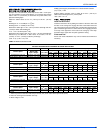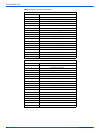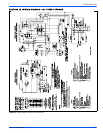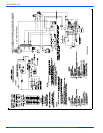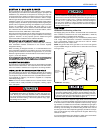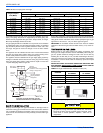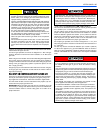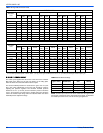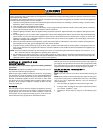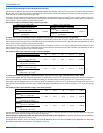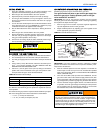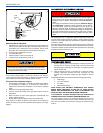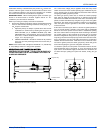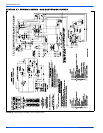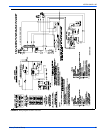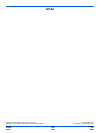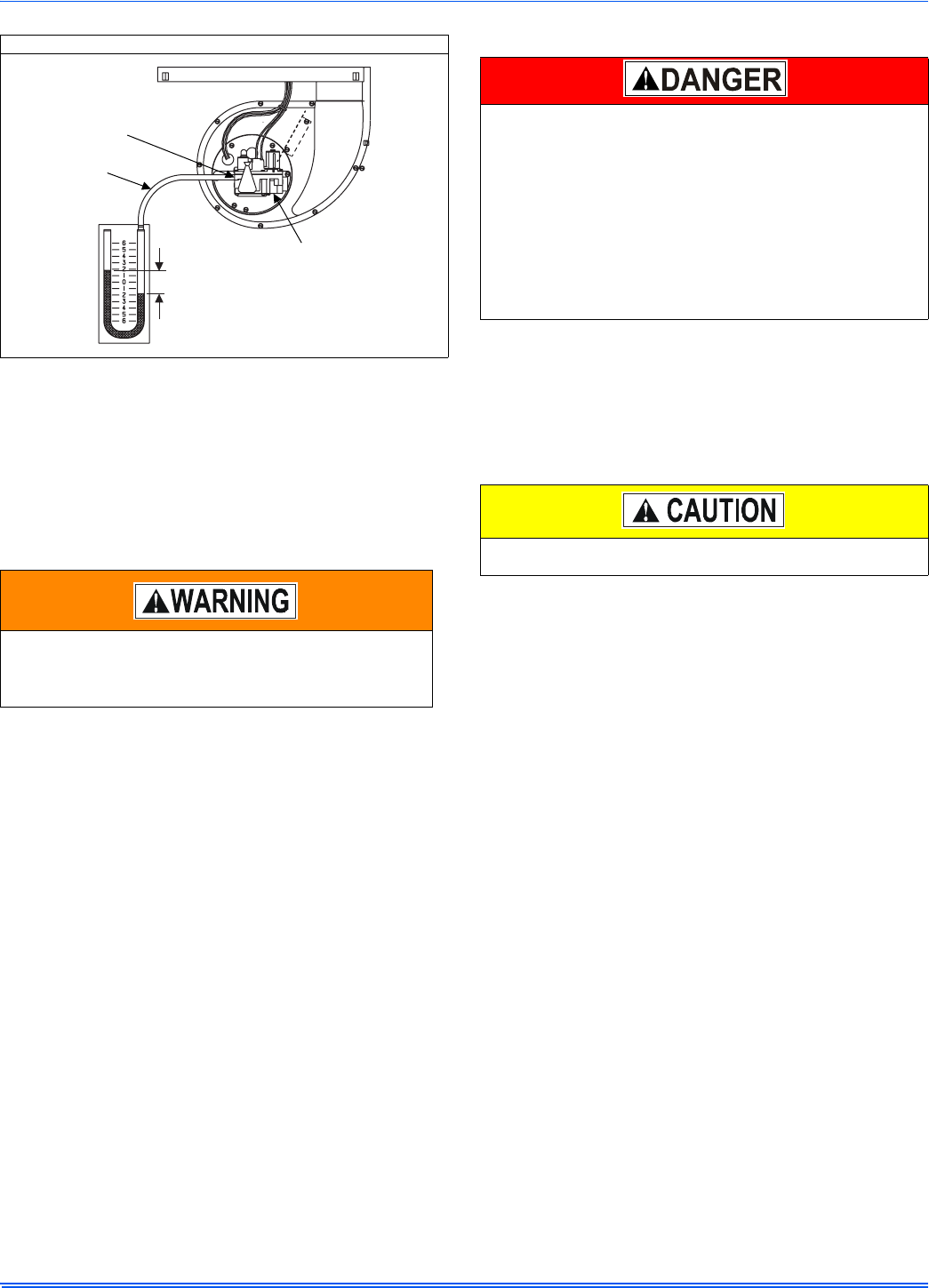
107272-UIM-B-1105
36 Unitary Products Group
Observing Burner Operation
1. Observe burner to make sure it ignites. Observe color of flame. On
natural gas the flame will burn blue with appreciably yellow tips.
On Propane gas a yellow flame may be expected. If flame is not
the proper color call a qualified service technician for service.
2. Let furnace heat until blower cycles on.
3. Turn thermostat down.
4. Observe burner to make sure it shuts off.
5. Let the furnace cool and blower cycle off.
If any abnormalities are observed when checking for correct operation,
such as burner failing to ignite or to turn off, sooty flame, etc., call your
nearest authorized service technician as shown in the Service Center
List included in the home owner envelope with the furnace.
If Furnace Fails to Operate Properly
1. Check setting of thermostat - and position of HEAT/COOL switch if
air conditioning is installed. If a set-back type thermostat is
employed be sure that the thermostat is in the correct operating
mode.
2. Check to see that electrical power is ON.
3. Check to see that the switch on the gas control valve is in the full
ON position.
4. Make sure filters are clean, return grilles are not obstructed, and
supply registers are open.
5. Be sure that furnace flue piping is open and unobstructed.
If the cause for the failure to operate is not obvious, do not attempt to
service the furnace yourself. Call a qualified service agency or your gas
supplier.
ADJUSTMENT OF TEMPERATURE RISE
The temperature rise, or temperature difference between the return air
and the heated supply air from the furnace, must be within the range
shown on the furnace rating plate and within the application limitations
as shown in Table 8.
After about 20 minutes of operation, determine the furnace temperature
rise. Take readings of both the filter door and the heated air in the ducts.
Increase the blower speed to decrease the temperature rise; decrease
the blower speed to increase the rise.
PERFORMANCE CHECK
1. After the desired input has been obtained, re-adjust the primary air
damper open or closed to visually obtain a blue flame with well
defined orange or yellow tips for natural gas, or well defined yellow
tips for propane gas.
2. After the burner has been in operation for at least 20 minutes,
assuring combustion chamber and heat exchanger are fully
warmed, take combustion analysis flue gas samples in the flue
pipe.
All adjustments below must be made with the following instructions:
a. Draft Gauge
b. O
2
or
CO
2
Analyzer
c. CO Tester
d. Water Column Gauge
NOTE: ALWAYS USE RELIABLE COMBUSTION TEST INSTRU-
MENTS. BEING PROFICIENT IN THE USE OF THESE INSTRU-
MENTS AND INTERPRETING THE DATA IS NECESSARY FOR
SAFE, RELIABLE AND EFFICIENT BURNER OPERATION.
IT IS ESSENTIAL TO MAKE CERTAIN THAT THE PRODUCTS OF
COMBUSTION DO NOT CONTAIN CARBON MONOXIDE, CO.
The most common causes of CO are flame impingement on cool sur-
face and insufficient primary air, both of which could be caused by over
firing. The only answer is to reduce the firing rate or increase the pri-
mary air.
MAINFOLD PRESSURE “U” TUBE CONNECTION
FIGURE 43: Reading Gas Pressure
Should overheating occur, or the gas supply fail to shut off,
shut off the manual gas valve to the furnace and allow burner
to run until furnace cools down and blower shuts off before
shutting off the electrical supply.
3.5 IN (0.87 kPa)
Water
Column
Gas
Pressure
Shown
Outlet
Pressure
Tap
Gas Valve
Tubing
The temperature rise, or temperature difference between the return
air and the supply (heated) air from the furnace, must be within the
range shown on the furnace rating plate and within the application
limitations shown in Table 8 “ELECTRICAL AND PERFORMANCE
DATA”.
The supply air temperature cannot exceed the “Maximum Supply
Air Temperature” specified in these instructions and on the fur-
nace rating plate. Under NO circumstances can the furnace be
allowed to operate above the Maximum Supply Air Temperature.
Operating the furnace above the Maximum Supply Air Temperature
will cause premature heat exchanger failure, high levels of Carbon
Monoxide, a fire hazard, personal injury, property damage, and/or
death.
Do not energize more than one motor speed at a time or damage to
the motor will result.



